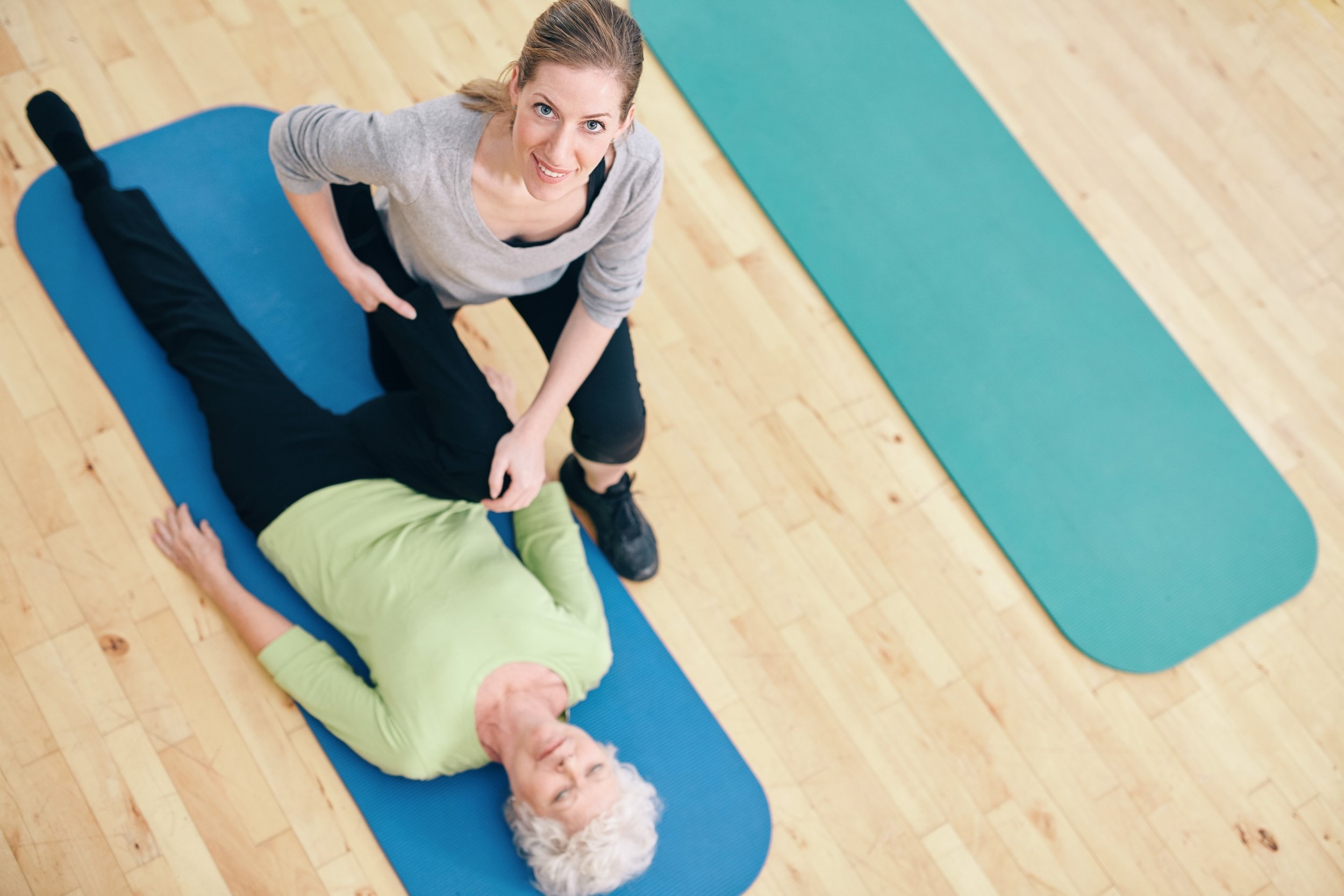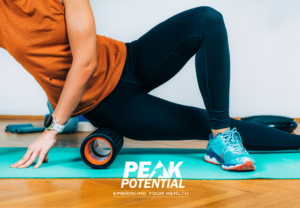
If you have osteoarthritis, physical therapy will help improve range of motion, strength, mobility, and pain. However, when arthritis damage in a knee or hip joint is too great, your doctor may say it’s time for a replacement.
If you are scheduled for a total (or partial) hip or knee replacement, you will still benefit from physical therapy prior to surgery for many reasons. Our pre surgical or “prehab” programs are designed to help you maximize your mobility and strength BEFORE surgery, which results in a more positive outcome AFTER surgery.
Most people are less active because of their joint discomfort. The result, weak muscles that don’t perform well in supporting and moving the body. While having the joint replacement will correct the joint problem, the muscles still need to be strengthened to properly support the new joint. Beginning these exercise before surgery greatly enhances the recovery period.
Since every body responds to exercise differently, and we are all starting at different places, check in with your physical therapist before jumping into any exercise program. The last thing you want is to increase pain, which will further limit your activity.
In general though, a prehab program will include simple range of motion exercise and progress through specific strengthening exercises. It’s also important to do exercises on both sides of the body. The non operative side will need to compensate for awhile after surgery as you heal and you don’t want this to result in breakdown of this joint as well.
Here are the Top 5 Exercises We Recommend Before a Joint Replacement:
1. Heel slides
This may sound too simple to be effective, but trust us, joint range of motion will be of top concern to you and your surgeon after surgery so now is the time to start. Lie on your back with your leg out in front of you. Slowly bend your knee and slide your heel up towards your buttocks. Bend your knee as far as possible and hold for a few seconds. Perform 10-15 repetitions per side.
2. Straight leg raises
Leg raises strengthen the muscles that surround your hip and knee. Perform straight leg raises on your back, both sides, and stomach (only of course if you are comfortable in all these positions). While lying down, keep your knee straight and raise it off the bed or mat as far as you are able. Return back to the mat slow and controlled. Repeat 10-15 times per position on each leg.
3. Long arc quads
This exercise works on range of motion, strength, and improves the way your quadriceps muscle works. Simply sit in a chair and straighten your knee as far as possible. Hold your leg straight for a few seconds and slowly lower. Repeat 10-15 times per leg. You can add a resistance band or ankle weight if you are able without worsening pain.
4. Balance exercise
Working to improve your balance before surgery can help you maximize function and mobility after surgery. You will also be better equipped to use device such as walker, crutches, or cane. Your physical therapist can instruct you on a progression of more advanced balance exercises, but start with a single leg stance. You should be able to stand on one leg without holding on (but stand close to a counter or back of chair just in case) for 30 seconds on each side.
5. Upper body strengthening
You will need strong triceps and shoulders to walk with a device or push yourself up from a chair after surgery. A simple chair dip is a good place to start. Sit in a sturdy arm chair and push down on the armrests while raising your body. Straighten your arms and elbows and then slowly lower yourself back onto the chair. You will be glad you did these when you don’t have the use of both legs after surgery.
In conclusion. . .
Whether your surgery is scheduled for next month, or even next year, NOW is the time to begin preparing your body. We want you to have the best chance of a quick and complete recovery. If these exercise are too difficult or painful to complete at this time, don’t resort to your recliner. Give us a call and we can discuss how active assisted exercise and manual therapy may be your best starting point.
If you have any questions or concerns about your specific condition or circumstances, request a FREE phone consultation so you can make the MOST informed decision about your next BEST step. You can do that by clicking the button below.




